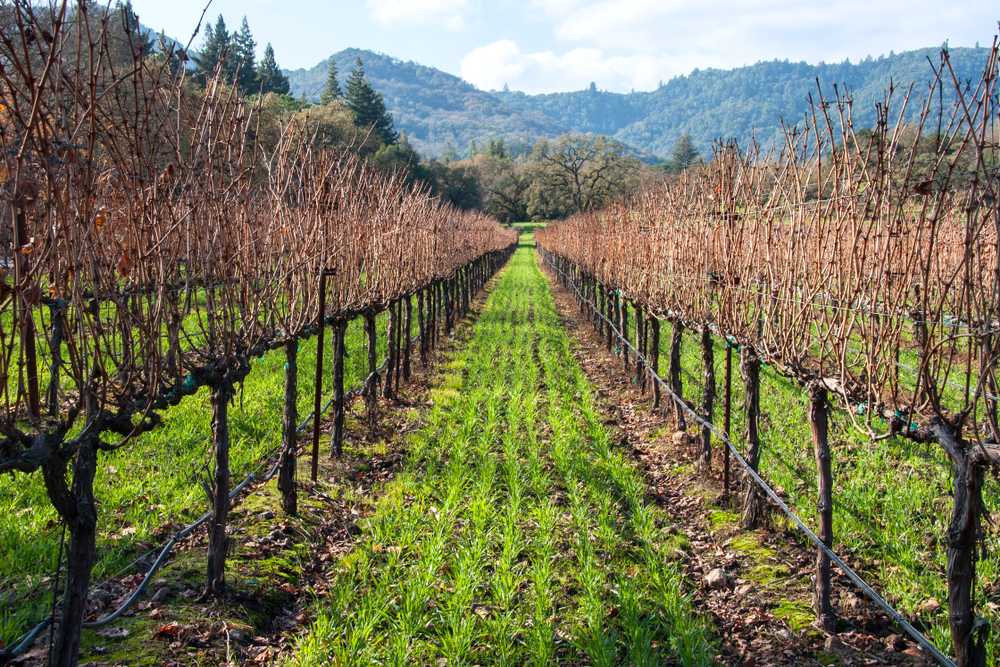Soil carbon improvement or soil organic matter (SOM) improvement of only 0.5% not only has the ability to sequester a gigantic portion of our nation’s annual emissions of carbon dioxide but sequestering atmospheric carbon in soil as humified organic carbon also restores natural fertility, increases water-use efficiency, improves soil structure, provides resilience to climatic variation and can decrease the cost of inputs.
The key to making this happen is not necessarily adding plant matter such as crop stubble and other compost materials to your soils (although this does help) but by promoting photosynthesis. In order for trees to produce new wood from soluble carbon, they must be living and covered with green leaves. In order for soil to produce new humus from soluble carbon, it must be living and covered with green, actively growing plants.
We’ve learned that the types of fungi that survive in conventionally managed agricultural soils are mostly decomposers obtaining energy from decaying organic matter such as crop stubble, dead leaves and roots. As a general rule these kinds of fungi have relatively small hyphal networks or the branching of the fungus filamentous structure. They are important for soil fertility and soil structure but play only a minor role in carbon storage and carbon storage is the key to producing wonderful vibrant soils.
Mycorrhizal fungi differ quite significantly from decomposer fungi in that they acquire their energy in a liquid form, as soluble carbon directly from actively growing plants via the root exudation process. It’s well known that mycorrhizal fungi access and transport nutrients such as phosphorus, nitrogen and
zinc in exchange for carbon from their living host. What’s not so well known is that they can facilitate the transfer of carbon and nutrients between species. They undergo humification or the process in which simple sugars are resynthesized into highly carbonized polymers. These are the most stable and inseparable part of the soil matrix that can remain intact for hundreds of years!
So how can we help promote and expedite these relationships to build long lasting, hugely beneficial soil structures? The answer is the use of foliar applications. Foliar applications, especially foliar fertilizers, promote greater root exudation, supplying the fungi network with a more consistent and larger food source resulting in a more expansive mycorrhizal hyphal network and ultimately, delivering humus polymers composed of carbon and nitrogen. The long-term building blocks for soil performance.
Andaman Ag carries a broad range of organic and sustainable foliar fertilizers from Ecotech LLC, Growers Secret and Tainio Biologicals.




